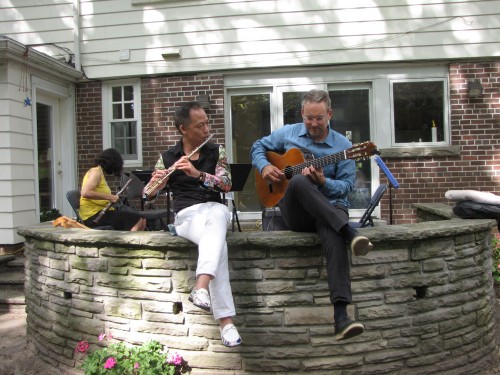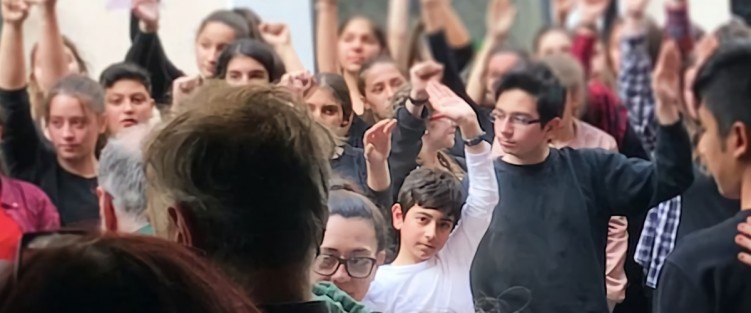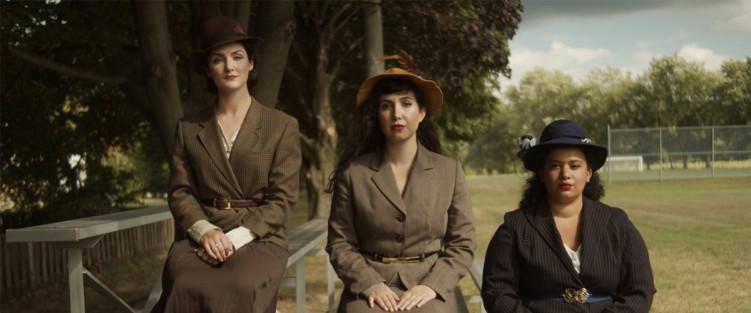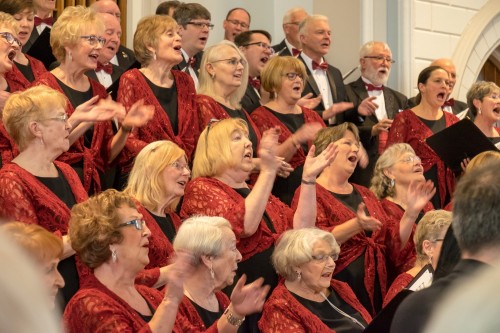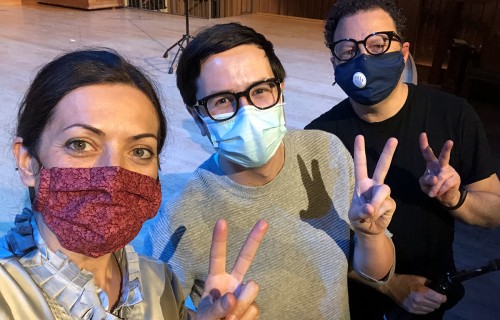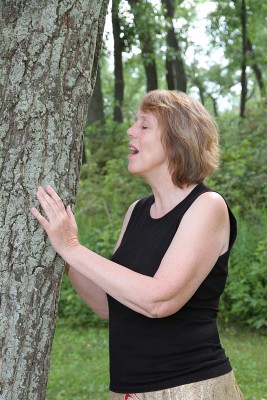Caught Between Jazz and a Hard Place
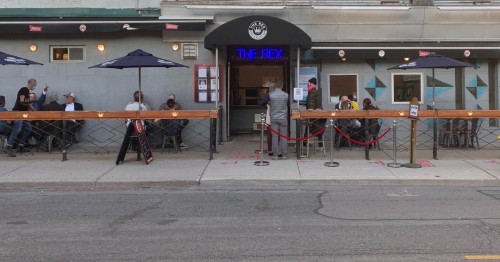 It would seem the rumours about a second wave in the spread of COVID-19 this fall are not rumours at all. We’ve already seen a dramatic rise of cases in Toronto and elsewhere around the country and the world recently, and fall is just starting. There are various factors to blame: cooler weather, which the virus seems to like; the inevitable relaxation, brought on by partial reopening, of mitigation measures such as social distancing and avoiding large gatherings, with numerous instances of socially irresponsible behaviour across the board; and the Rubik’s Cube-attempt to reopen schools, which is just getting under way. Not to mention that flu season – which will give our health-care system a double whammy to contend with – is upon us.
It would seem the rumours about a second wave in the spread of COVID-19 this fall are not rumours at all. We’ve already seen a dramatic rise of cases in Toronto and elsewhere around the country and the world recently, and fall is just starting. There are various factors to blame: cooler weather, which the virus seems to like; the inevitable relaxation, brought on by partial reopening, of mitigation measures such as social distancing and avoiding large gatherings, with numerous instances of socially irresponsible behaviour across the board; and the Rubik’s Cube-attempt to reopen schools, which is just getting under way. Not to mention that flu season – which will give our health-care system a double whammy to contend with – is upon us.
It’s a hard lesson to learn, but this is likely to get worse before it gets better; we’re nowhere near the end but somewhere nearer the middle of the beginning, or (shudder) on the cusp of a new beginning of this pandemic. It’s easy to forget that the reason we were able to flatten the curve of infection in the first place is that we all made personal sacrifices during the lockdown period, and with the above-mentioned factors in play, now is not the time to relax those efforts, but to redouble them. We can’t do anything about cooler weather or the flu season, but we can wake up and continue to be careful and vigilant before we’re back to square one with another lockdown.
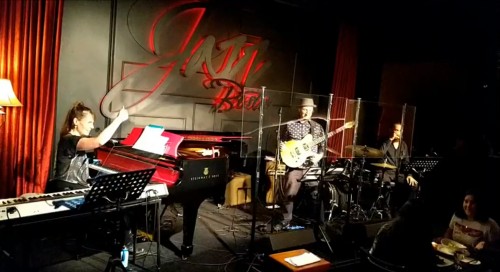 From the point of view of this column I’d like to address the delicate balancing act of reopening jazz, both in live venues such as Jazz Bistro and The Rex, and in the post-secondary schools which offer jazz programs. Both the Bistro and The Rex have partially reopened recently with social distancing measures in place, mostly having to do with a reduced capacity of both the size of audiences and bands. The Bistro is having live music Wednesday through Saturday with solo piano from 5 to 7, followed by duos and/or trios starting at 8pm with audience capacity limited to 50 people. The Rex spent the lockdown refurbishing its stage and began presenting live jazz again on September 3, also with a reduced crowd capacity. They’re going seven nights a week with trios starting at 5:30 and slightly larger bands at 9pm. I haven’t been yet, but I’m told they’ve installed a plexiglass barrier across the front of the bandstand, I suppose to protect customers from the blowing air of wind instruments. I’m not sure how this affects sound but the image conjures up chicken wire surrounding the stages of livelier country and western bars – think The Blues Brothers. Such are the realities of jazz, COVID-19 style.
From the point of view of this column I’d like to address the delicate balancing act of reopening jazz, both in live venues such as Jazz Bistro and The Rex, and in the post-secondary schools which offer jazz programs. Both the Bistro and The Rex have partially reopened recently with social distancing measures in place, mostly having to do with a reduced capacity of both the size of audiences and bands. The Bistro is having live music Wednesday through Saturday with solo piano from 5 to 7, followed by duos and/or trios starting at 8pm with audience capacity limited to 50 people. The Rex spent the lockdown refurbishing its stage and began presenting live jazz again on September 3, also with a reduced crowd capacity. They’re going seven nights a week with trios starting at 5:30 and slightly larger bands at 9pm. I haven’t been yet, but I’m told they’ve installed a plexiglass barrier across the front of the bandstand, I suppose to protect customers from the blowing air of wind instruments. I’m not sure how this affects sound but the image conjures up chicken wire surrounding the stages of livelier country and western bars – think The Blues Brothers. Such are the realities of jazz, COVID-19 style.


